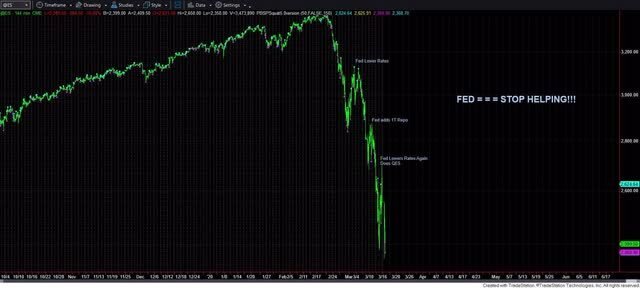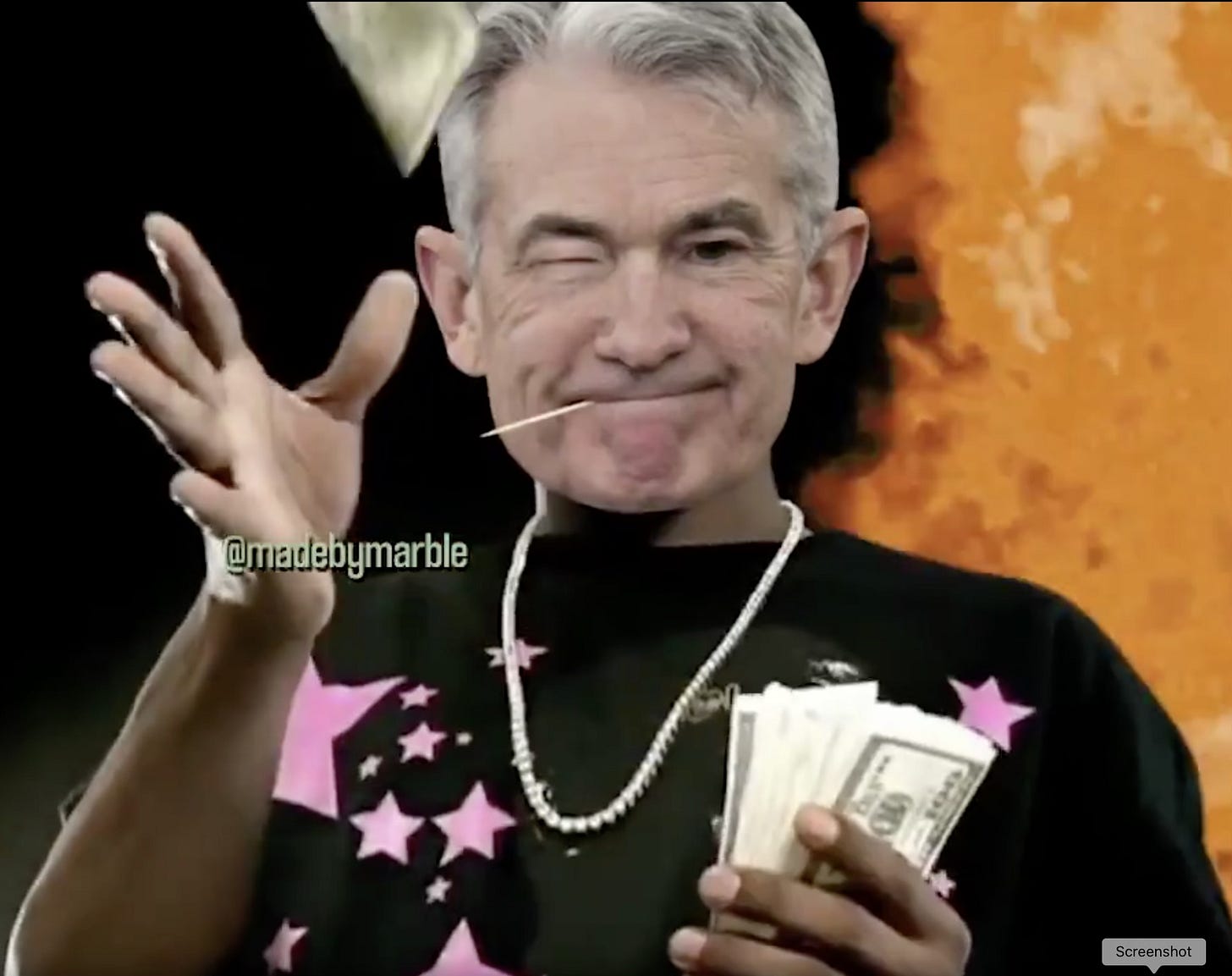In the latest episode of the Money Metals Midweek Memo, host Mike Maharrey discusses the current state of the U.S. dollar, the ongoing threat of inflation, and why holding gold and silver remains a vital strategy for preserving wealth.
Maharrey begins with an anecdote from 2019 about Venezuelans using their hyperinflated bolivar notes as napkins, illustrating how fiat currencies can become worthless in extreme inflationary environments.
Although the U.S. dollar’s fate may not mirror that of Venezuela’s, Maharrey emphasizes that hyperinflation is always a possibility when a currency is not backed by anything tangible, like gold or silver.
The episode provides a detailed explanation of fiat currency, describing it as money not pegged to any commodity, such as gold.
Instead, it’s backed solely by the “full faith and credit” of the government. Citing U.S. government debt that exceeds $35 trillion, Maharrey questions the trustworthiness of current political leaders in managing the dollar.
Founding Fathers’ Warnings on Paper Money
Mike Maharrey is not only an analyst for Money Metals Exchange but also a volunteer historian at the Tenth Amendment Center.
Maharrey draws on the wisdom of America’s founding fathers, including Thomas Paine, George Washington, and Thomas Jefferson, all of whom warned of the dangers of unbacked paper money. Their insights remain relevant today as the Federal Reserve continues expanding the money supply through practices like quantitative easing.
As Maharrey highlights, inflation is primarily driven by government money printing, yet many Americans misunderstand the root cause.
A 2019 poll revealed that nearly 30% of respondents believed the U.S. dollar was still backed by gold, while 30% thought it was backed by the U.S. government—indicating widespread confusion about the nature of fiat money.
The Dollar’s Path Since FDR and Nixon
The show touches on significant historical events that severed the dollar’s ties to gold. In the 1930s, President Franklin D. Roosevelt took steps to move away from the gold standard to expand the money supply during the Great Depression. Then in 1971, President Richard Nixon fully severed the dollar’s link to gold. Since that time, the U.S. dollar has lost more than 80% of its value, while gold has increased in value from $35 per ounce to nearly $2,700.
Maharrey stresses that gold remains a reliable store of value because it is not subject to devaluation like fiat currencies. He points out that while other factors can influence gold prices, inflationary pressures have been one of the main reasons behind its rise.
Zimbabwe’s Gold-Backed Currency Experiment
Turning to Zimbabwe’s recent attempt to stabilize its financial system with a gold-backed currency, Maharrey notes that despite introducing the Zimbabwe gold (ZIG) in April 2023, the currency was devalued by 43% within just six months. Zimbabwe’s situation illustrates that a gold peg alone cannot solve inflation if governments cannot resist manipulating their currencies.
Final Thoughts: Why Gold and Silver Matter
Maharrey concludes by encouraging listeners to invest in real money—gold and silver. He warns that governments will always have an incentive to inflate the money supply, leading to the inevitable devaluation of fiat currencies like the dollar.
In contrast, gold and silver have maintained their purchasing power for over 5,000 years and continue to be accumulated by central banks worldwide.
The episode ends with Maharrey urging listeners to call Money Metals Exchange and speak with precious metals specialists to safeguard their wealth with physical gold and silver.
Read the full article here












Leave a Reply